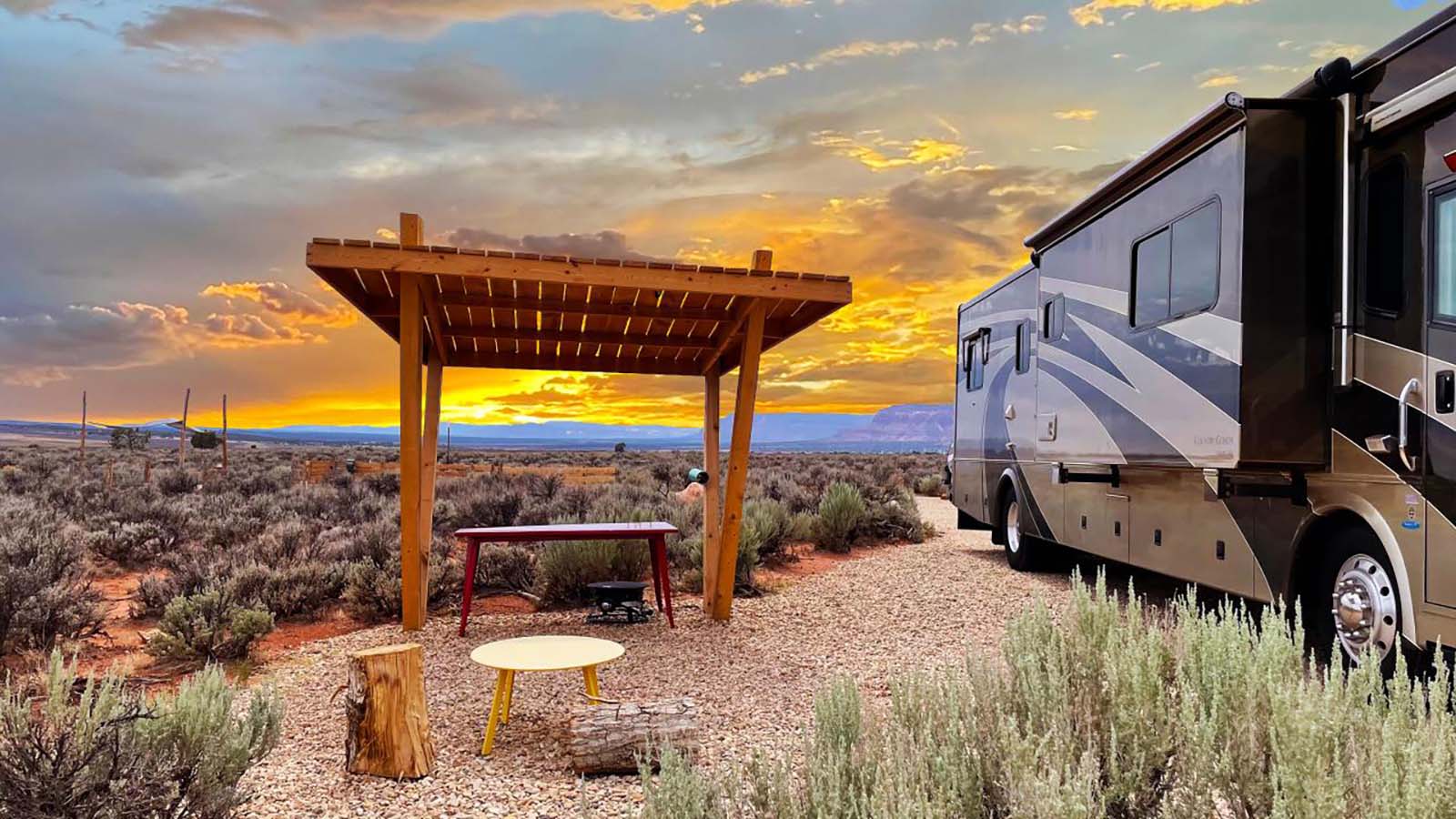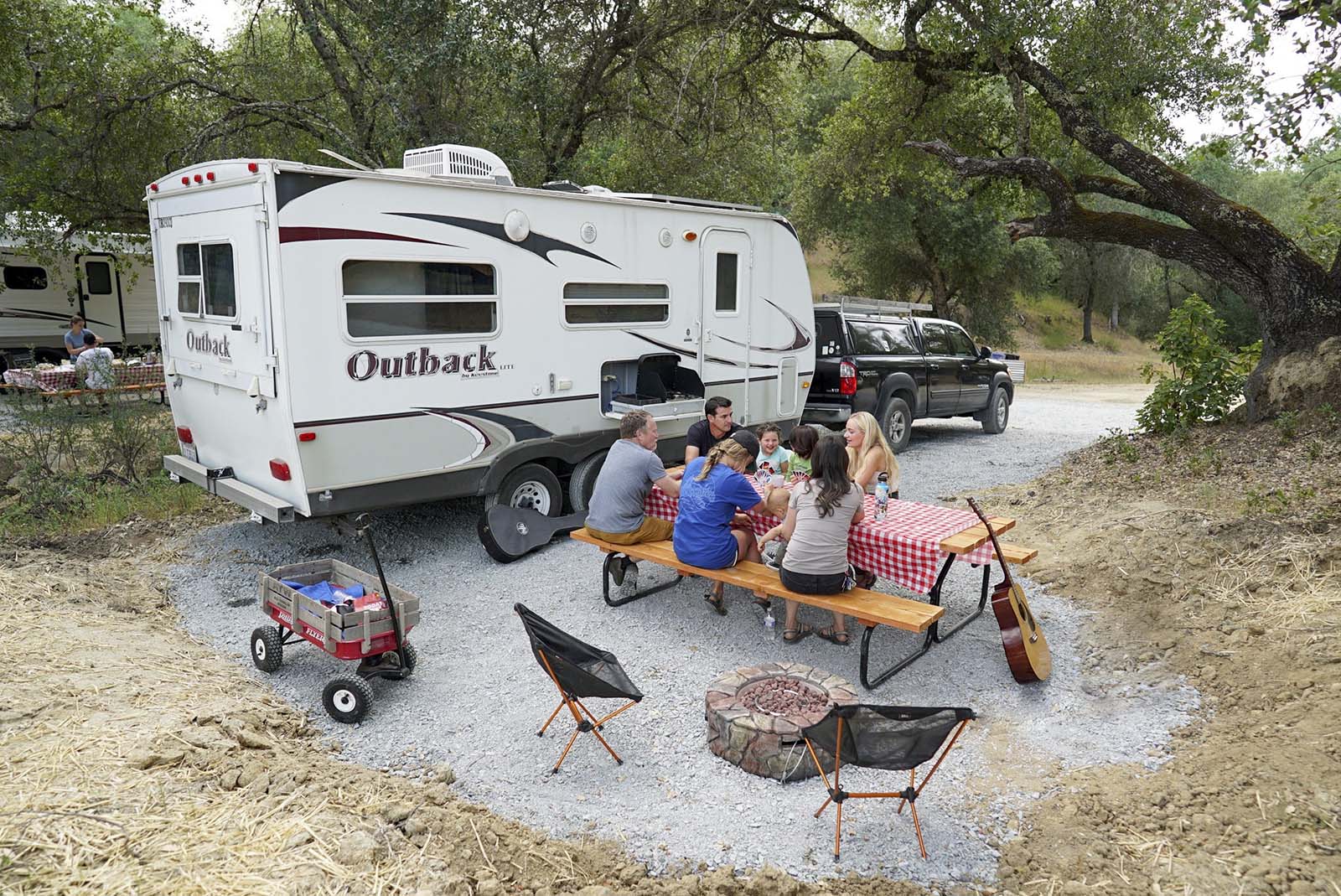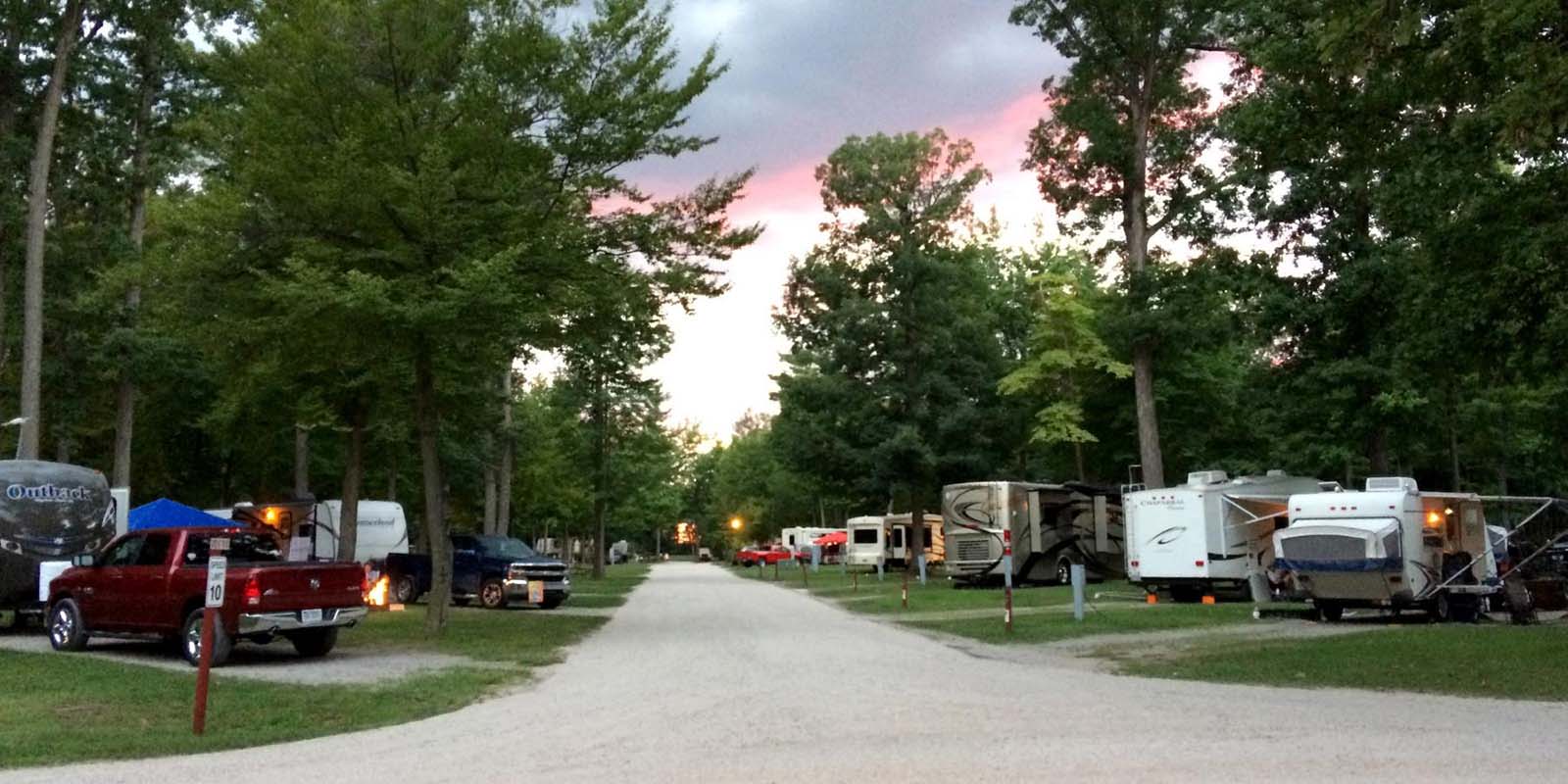How to Charge Dead RV House Batteries

Introduction: When it comes to owning an RV, one of the essential components that require attention is the house batteries. These batteries power various appliances and systems within the vehicle, including lights, water pumps, and even the refrigerator. However, there may be situations where the RV house batteries are completely dead and need to be recharged. In this article, we will discuss the process of charging dead RV house batteries effectively.
1. Understanding Battery Types and Charging Requirements (h2) Before attempting to charge the dead RV house batteries, it is crucial to understand the battery types commonly found in RVs. The two main types include lead-acid batteries and lithium-ion batteries. Lead-acid batteries are more common and require a different charging method than lithium-ion batteries. You can identify the battery type by checking the manufacturer’s specifications or consulting the RV’s manual. Make sure to follow the recommended charging requirements for your specific battery type.
2. Gathering the Necessary Equipment (h2) To successfully charge dead RV house batteries, you will need some essential equipment. Firstly, you should have a reliable battery charger or a smart charger that is suitable for your battery type. It is advisable to choose a charger with a higher amperage rating to reduce the charging time. Additionally, you will need a pair of protective gloves, safety goggles, and a well-ventilated area to ensure your safety during the charging process.

3. Preparing the Batteries (h2) Before connecting the batteries to the charger, it is essential to properly prepare them. Start by disconnecting all the electrical loads connected to the dead batteries, including the RV’s main power switch. Next, remove any terminal covers from the battery to access the terminals. Inspect the terminals for any corrosion or loose connections and clean them using a mixture of baking soda and water. Rinse the terminals with clean water and dry them thoroughly before proceeding.
4. Connecting the Batteries to the Charger (h2) Once the batteries are prepared, it is time to connect them to the charger. Start by identifying the positive and negative terminals on the batteries. Usually, the positive terminal is marked with a “+” symbol or is colored red, while the negative terminal is indicated with a “-” symbol or is colored black. Make sure to double-check the connections before proceeding. Connect the positive terminal of the charger to the positive terminal of the first battery, and then connect the negative terminal of the charger to the negative terminal of the same battery. Repeat this process for each battery in the system.
5. Monitoring and Completing the Charging Process (h2) After connecting the batteries to the charger, it is important to closely monitor the charging process. Follow the instructions provided with your charger regarding the charging time and amperage settings. Ensure that the charging area remains well-ventilated and away from any combustible materials. It is advisable not to leave the charging batteries unattended. Once the batteries reach the recommended charge level, disconnect the charger from the batteries in the reverse order of the connection. Reinstall the terminal covers and proceed to reconnect the batteries to your RV’s electrical system, ensuring proper polarity.

Conclusion: Charging dead RV house batteries is a straightforward process, as long as you follow the necessary precautions and guidelines. By understanding your battery type, gathering the required equipment, preparing the batteries correctly, connecting them to the charger accurately, and monitoring the process, you can restore the charge in your RV’s house batteries effectively. Regular maintenance and routine checks will also help prolong the life of your batteries and ensure a seamless RV experience.


Having read this I believed it was very enlightening.
I appreciate you taking the time and energy to put this article together.
I once again find myself spending a significant amount
of time both reading and commenting. But so what, it was still worth it!